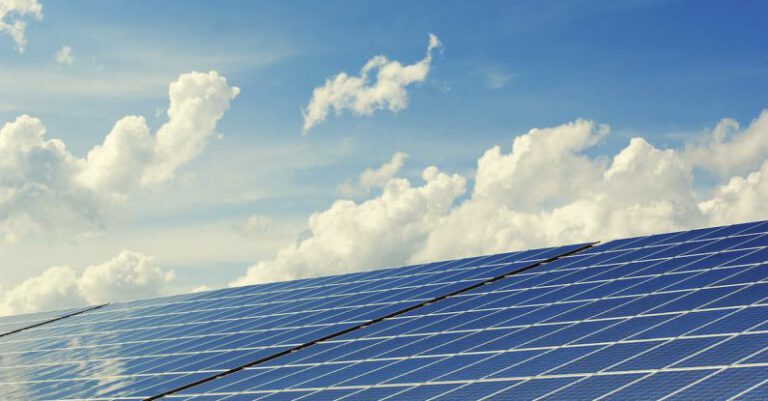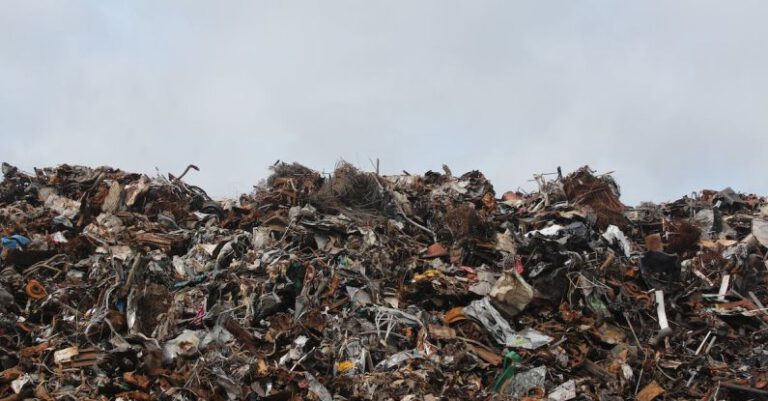How to Utilize Rainwater Harvesting in Your Garden?
Rainwater harvesting is a sustainable practice that allows you to collect and store rainwater for various purposes, including watering your garden. By utilizing rainwater harvesting in your garden, you can reduce your reliance on municipal water sources, conserve water, and promote healthy plant growth. In this article, we will explore how you can effectively implement rainwater harvesting in your garden to maximize its benefits.
Understanding Rainwater Harvesting
Rainwater harvesting involves collecting rainwater that falls on your property and storing it for later use. This practice dates back centuries and has gained popularity in recent years due to its environmental and economic benefits. By capturing rainwater, you can reduce runoff, erosion, and pollution while also decreasing your water bill.
Selecting the Right System
Before setting up a rainwater harvesting system in your garden, it is essential to choose the right system that suits your needs. There are various types of rainwater harvesting systems available, such as rain barrels, cisterns, and rain gardens. Consider factors like the size of your garden, the amount of rainfall in your area, and your budget when selecting a system.
Installing Gutters and Downspouts
To effectively collect rainwater for your garden, you will need to install gutters and downspouts on your property. Gutters help channel rainwater from your roof to the downspouts, which then direct the water into your rainwater harvesting system. Make sure your gutters are clean and free of debris to prevent clogs and maximize water collection.
Setting Up Rain Barrels or Cisterns
Rain barrels and cisterns are popular choices for storing rainwater in residential gardens. Rain barrels are smaller containers that can be placed directly under a downspout to collect rainwater. Cisterns, on the other hand, are larger tanks that can hold a significant amount of water. Whichever option you choose, ensure that your storage container has a lid to prevent mosquito breeding and debris from entering.
Utilizing Rainwater in Your Garden
Once you have collected rainwater in your storage system, you can start using it to water your garden. Rainwater is free of chemicals like chlorine and fluoride found in tap water, making it ideal for watering plants. Use a watering can or a hose with a gentle spray attachment to water your plants evenly and avoid water waste.
Benefits of Rainwater Harvesting
Implementing rainwater harvesting in your garden offers numerous benefits. By using rainwater instead of tap water, you can reduce your water bill, conserve valuable resources, and promote sustainable gardening practices. Additionally, rainwater is soft and slightly acidic, which benefits plant growth and soil health.
Maintaining Your Rainwater Harvesting System
Regular maintenance is essential to ensure the efficiency and longevity of your rainwater harvesting system. Clean your gutters and downspouts regularly to prevent blockages, check your storage container for leaks or damage, and inspect your system for any signs of wear and tear. By maintaining your system, you can continue to enjoy the benefits of rainwater harvesting in your garden for years to come.
Incorporating Rain Gardens
Rain gardens are designed to capture and absorb rainwater runoff from roofs, driveways, and other surfaces. By incorporating a rain garden into your landscape, you can reduce erosion, filter pollutants, and create a habitat for beneficial wildlife. Plant native vegetation in your rain garden to enhance its effectiveness and promote biodiversity in your garden.
Maximizing the Benefits of Rainwater Harvesting
To maximize the benefits of rainwater harvesting in your garden, consider implementing additional water conservation practices, such as mulching, drip irrigation, and xeriscaping. Mulching helps retain moisture in the soil, while drip irrigation delivers water directly to plant roots, reducing water waste. Xeriscaping involves planting drought-tolerant species that require minimal water, further reducing your water consumption.
Embracing Sustainable Gardening Practices
By embracing rainwater harvesting in your garden and incorporating sustainable gardening practices, you can create a thriving and eco-friendly outdoor space. Conserve water, promote biodiversity, and reduce your environmental impact by harnessing the power of rainwater to nourish your plants. Start implementing rainwater harvesting in your garden today and reap the rewards of a greener, more sustainable future.
Incorporating these tips and techniques into your garden can help you make the most of rainwater harvesting, leading to healthier plants and a more sustainable gardening experience. By taking advantage of this natural resource, you can reduce your water usage, save money on your water bill, and contribute to a more eco-friendly lifestyle. Start implementing rainwater harvesting in your garden today and enjoy the benefits of this simple yet effective practice.






